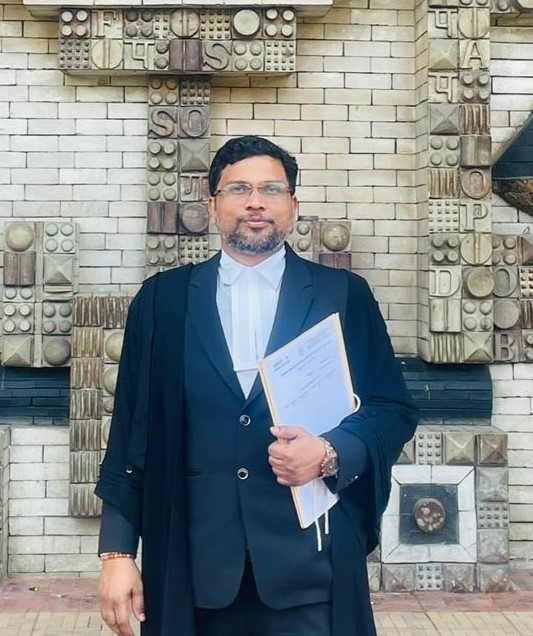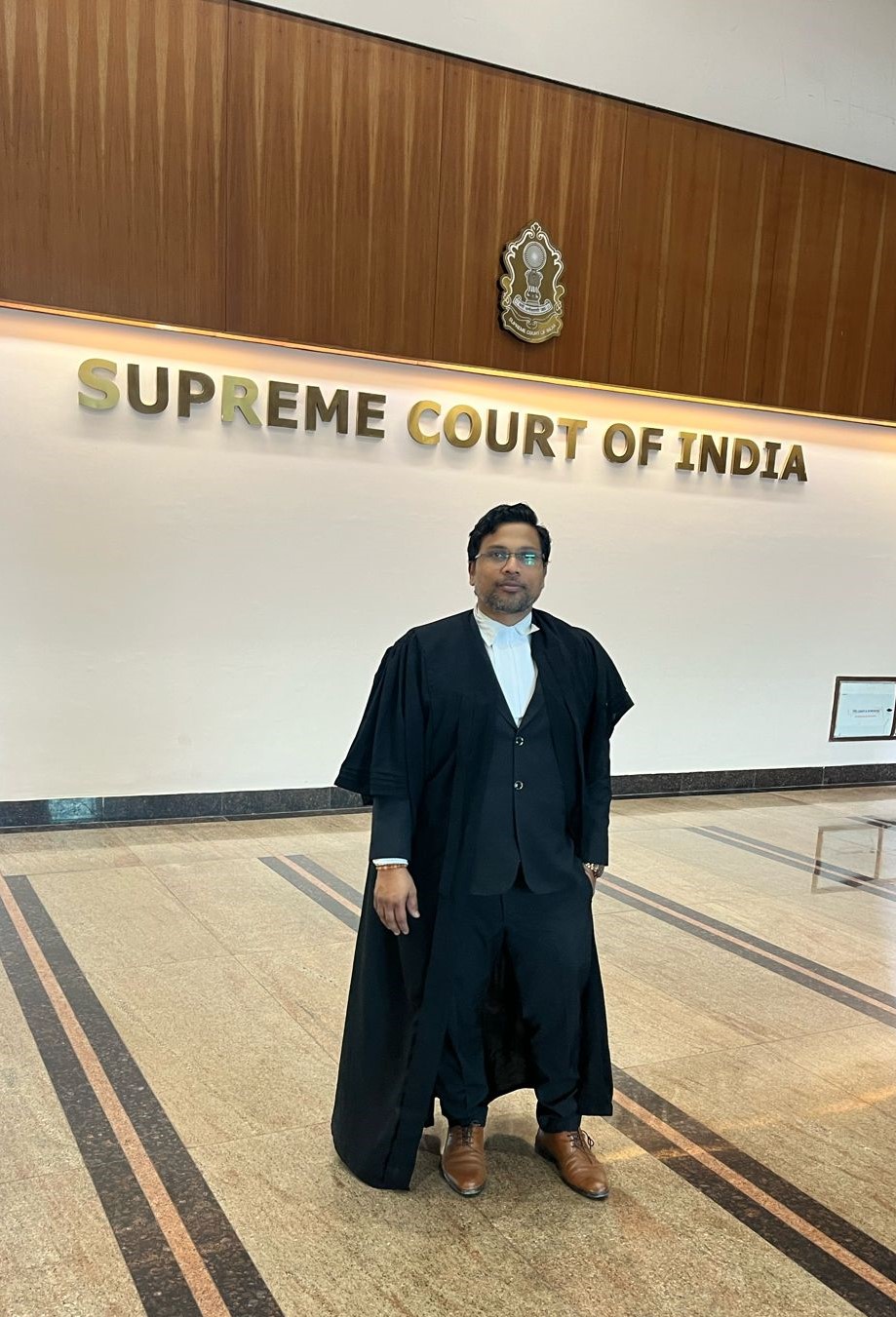Best Divorce Lawyer in Delhi. Divorce cases involve the legal dissolution of a marriage, often involving complex emotional, financial, and logistical issues. Here’s an overview of divorce cases: Types of Divorce Cases: Divorce Case Process: Issues in Divorce Cases: Divorce Case Outcomes: By understanding divorce cases, individuals can better navigate the complex and emotional process of divorce.
Domestic Violence – A Cruel Reality Of Modern India
Let’s first understand the phrase “domestic violence.” Let’s consider them as two separate words. “Domestic” means “within the realm or the household territory” and “violence” means “using physical force to hurt and to cause damage”. Therefore, as a phrase “domestic violence” is a “pattern of coercive and assaultive behaviours that include physical, sexual, verbal, and psychological attacks and economic coercion that adults or adolescents use against their intimate partner”. Domestic violence against women: On papers, it is said that the position of women holds the society’s index of cultural and spiritual attainment. But we all know that women struggle to pursue respectable careers and work to come at par to their male counterparts. Domestic violence happens in rural areas, towns, cities and in metropolitans as well. Irrespective of social classes, genders, racial aspects and age groups we find domestic violence happening in Indian households. According to ‘United Nation Population Fund Report’, around two-third of married Indian women are victims of Domestic Violence attacks and as many as 70% of married women in India between the age of 15 and 49 are victims of beating, rape or forced sex. In India, more than 55 percent of the women suffer from Domestic Violence, especially in the states of Bihar, U.P., M.P. and other northern states. Justices Dipak Misra and Shiva Kriti Singh sentenced a man to five years in jail for torturing his pregnant wife who ultimately committed suicide. They claimed that “This resembles the tale of so many similar young ladies who end their life due to untold miseries and hardships faced by them within the confines of the four walls of their matrimonial home.” According to Unicef‘s Global Report Card on Adolescents 2012, 57% of boys and 53% of girls in India think a husband is justified in hitting or beating his wife. The dowry system, horror killing, and patriarchal norms against women have resulted in extreme and numerous cases of domestic violence. Domestic violence against men: The violence against women have been prominent in India but domestic violence against men is also gaining momentum. The patriarchal system disguises men to not be vulnerable to domestic violence. Rukma Chary, the General Secretary of Save Indian Family Foundation claims, “Domestic violence against men in India is not recognised by the law. The general perception is that men cannot be victims of violence. This helps women get away scot-free” #domesticviolencecaseslawyerindelhi #divorcecaseslawyerindelhi #familymatterscaseslawyerindelhi #familymatterslawyerindelhi #advocatesindelhi #lawyerindelhi #lawfirmindelhi
Bail or Jail – The Supreme Court clarifies the law and lays down the guidelines
INTRODUCTION The Supreme Court of India has in its recent landmark judgment in Satender Kumar Antil[1] laid down guidelines on the grant of bail to an accused and while doing so, it has reiterated aspects of personal liberty and constitutional guarantees available to an accused under criminal jurisprudence. The Court observed that while its discussion and findings are meant to operate as guidelines, each case pertaining to a bail application is to be decided on its own merits.[2] This article seeks to analyse these guidelines and evaluate their consequences and operation in practice. GUIDELINES WITH RESPECT TO DIFFERENT CATEGORIES OF OFFENCES The judgment has categorised offences into four different categories and has observed that these guidelines would operate upon the satisfaction of two conditions i.e., (a) that the accused was not arrested during the investigation and that (b) the accused co-operated throughout in the investigation including appearing before the Investigating Officer (“IO”) whenever called. These four categories are:[3] A. Offences punishable with imprisonment of 7 years or less not falling in category B & D. B. Offences punishable with death, imprisonment for life, or imprisonment for more than 7 years. C. Offences punishable under Special Acts containing stringent provisions for bail like NDPS (s.37), PMLA (s.45), UAPA (s.43D(5), Companies Act, 212(6), etc. D. Economic Offences not covered by Special Acts. With respect to Category A, the Guidelines appear to be comparatively lenient to the Accused, given the lesser gravity of the offences involved. Here, after filing of the charge sheet or the complaint taking cognizance, ordinary summons must be issued at the first instance including an appearance through lawyer. However, if the accused does not appear despite service of summons, then a Bailable Warrant for physical appearance may be issued. Again, if the accused fails to appear despite issuance of bailable warrant, a non-bailable warrant will be issued. Such non-bailable warrant may be converted by the Magistrate into a bailable warrant/summons without insisting on physical appearance of the accused, if the accused moves an application before execution of the non-bailable warrant on an undertaking to appear physically on the next date of hearing. Once an appearance is made in Court, bail applications may be decided without taking such accused into custody or by granting interim bail till the bail application is decided. With respect to Categories B and D, the bail application will be decided on merits on appearance of the accused in Court pursuant to process being issued. Furthermore, as far as economic offences are concerned, the Supreme Court observed that to determine whether or not to grant bail, two aspects need to be considered i.e., seriousness of the charge and severity of the punishment. In the context of white-collar crimes, the aforementioned factors are usually considered to decide on bail applications. Finally, with respect to Category C, the guidelines are the same as Categories B and D with the additional condition of compliance with strict bail provisions under Section 37 of the Narcotics Drugs and Psychotropic Substances Act, 1985; Section 45 of the Prevention of Money Laundering Act, 2002; Section 212(6) of the Companies Act, 2013; Section 43(d)(5) of the Unlawful Activities (Prevention) Act, 1967 and the provisions under the Protection of Children from Sexual Offences Act, 2012. OTHER BROADER GUIDELINES AS REGARDS THE GRANT OF BAIL In addition to the abovementioned guidelines, the Supreme Court also conducted a broader analysis of provisions of the Code of Criminal Procedure, 1973 (“CrPC”) and laid down certain other guidelines on the grant of bail (“CrPC”) as analysed hereinunder: i. Section 41/41A Notice and bail on its non-compliance As regards Section 41 of the CrPC, the Supreme Court has significantly observed that even for a cognizable offence, an arrest of the accused is not mandatory and that an arrest in offences punishable with imprisonment below seven years or extending to seven years can only be made if the IO is satisfied that there is a reason to believe that the accused committed the offence and that there is necessity for such an arrest. Pertinently, Section 41 mandates the IO to record the reasons while choosing to arrest/or not choosing to arrest. However, this is not required if the offence alleged involves imprisonment for more than seven years. The Supreme Court relied on its judgment in Arnesh Kumar wherein it was held:[4] “In pith and core, the police officer before arrest must put a question to himself, why arrest? Is it really required? What purpose it will serve? What object will it serve? It is only after these questions are addressed that the power of arrest needs to be exercised…Apart from this, the police officer has to be satisfied further that the arrest is necessary for one or more purposes envisaged by sub-clauses (a) to (e) of clause (1) of Section 41 CrPC”. Furthermore, the Court also held that in addition to the reason to believe, the satisfaction for the need to arrest shall also be present.[5] As regards Section 41A CrPC, it requires the IO to issue a notice to the person against whom a reasonable complaint has been made, or credible information has been received or a reasonable suspicion exists that he has committed a cognizable offence, and arrest is not required under Section 41(1). In this regard, the Court held that Sections 41 and 41A are facets of Article 21 of the Constitution and that any arrest in non-compliance of Section 41/41A CrPC would entitle the accused to bail. Further, the Court mandated all States and Union Territories to facilitate standing orders to comply with Section 41/41A and observed that the directions laid down in the Arnesh Kumar judgment had not been followed.[6]These guidelines clearly underline the intent of the Supreme Court to ensure procedural safeguards are complied with and any non-compliance is sufficient to grant bail to the accused. ii. Default bail under Section 167(2) CrPC Section 167 of the CrPC pertains to the procedure when an investigation cannot be completed in twenty-four hours and also provides the maximum period of time to complete an investigation i.e.,


